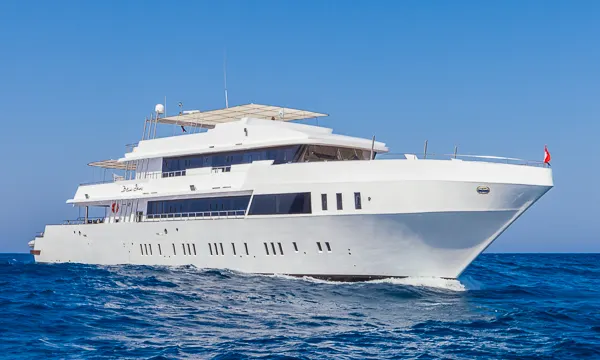Discovery II Liveaboard, Red Sea
First-class cruises onboard this refurbished liveaboard - the perfect choice for discerning divers
per person













per person
Overview
- Multiple sun decks with comfy mattresses for socialising, relaxing and sunbathing
- Tec and photography facilities, and complimentary nitrox 32%
- A superb variety of freshly-prepared Western-style cuisine
- Refitted in 2017, including a spacious dedicated dive deck
Recently refitted with passionate divers in mind, Discovery II is a first-class liveaboard offering unforgettable voyages throughout the Egyptian Red Sea. Comfortable, modern facilities, high standards of service, and a variety of world-class itineraries, make the Discovery II an unbeatable choice. And, with superb tec and photography facilities, divers of all types are sure to have the trip of a lifetime.
- Number of cabins:11
- Internet:YES
- Nitrox:YES
- Equipment rental:YES
- Guest / Guide:12:1
- Group booking discounts
Choose your trip
Cabins
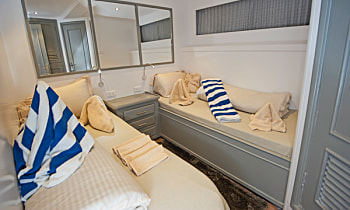
Twin cabin - lower deck
Twin beds
2 peopleShareable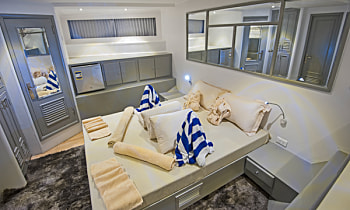
Honeymoon suite - lower deck
Queen size bed
2 peopleNon shareable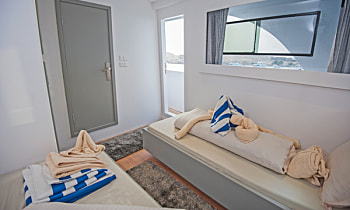
Twin cabin - upper deck
Twin beds
2 peopleShareable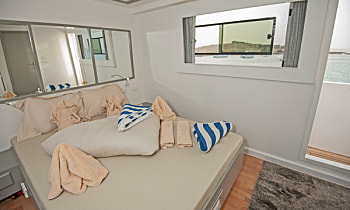
Honeymoon suite - upper deck
Queen size bed
2 peopleNon shareable
- If you are a solo traveller, we aim to allocate shared cabins on a same-sex basis.
- Non-shareable cabins can not be shared with another single traveler outside your party. A single occupancy surcharge will be applied.
Reviews
Eric M
Very nice and helpful staff and guide on the boat. Food was excellent. The staff onboard made it a very comfortable and enjoyable trip. The...
Read moreEllen P
Great trip - nice boat - great crew - lovely food - high levels of care and attention - and the crew were really knowledgeable


